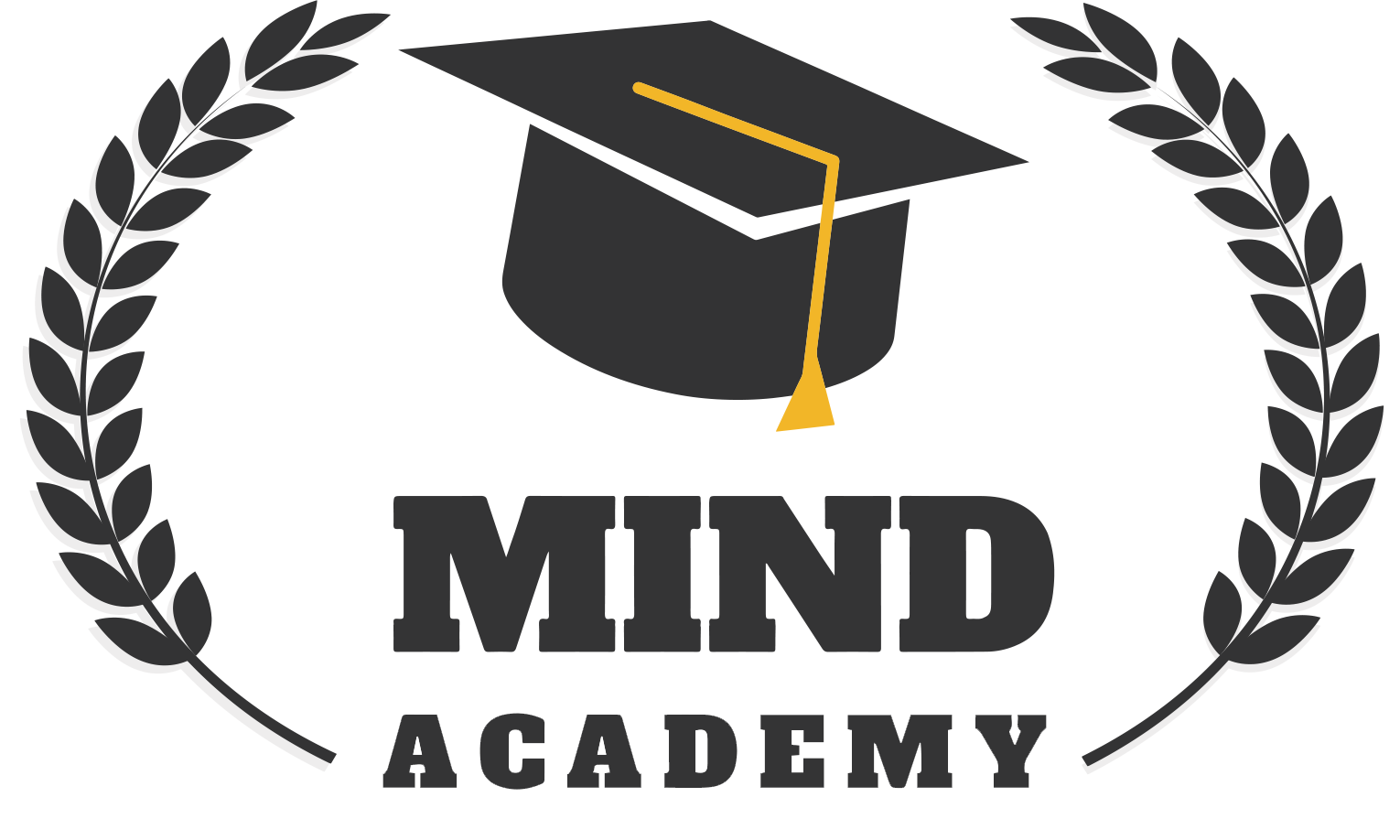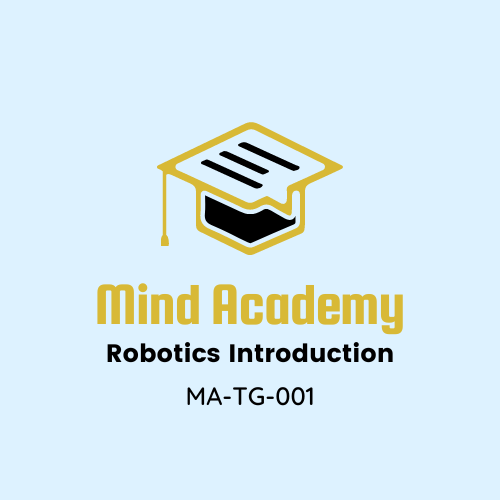Mechanical principles are crucial to this introduction to robotics. Mechanics explains how a robot can move, and this discipline still holds sway in today’s cutting-edge robotics. Several computer science-based technologies, such as reinforcement learning, are used in the motion planning process. In this environment, robots may learn from their surroundings and experience setbacks in order to better their motions. Nevertheless, kinematics is still required to identify the structure of the robot in reinforcement learning for motion.
It’s not only about mechanics and computer science. Robotic sensor systems, actuator systems, and the robot’s power supply all rely on electrical engineering. There is no doubt about it: electronic gear, power supply distribution, and sensors all play a role in the modern world.





